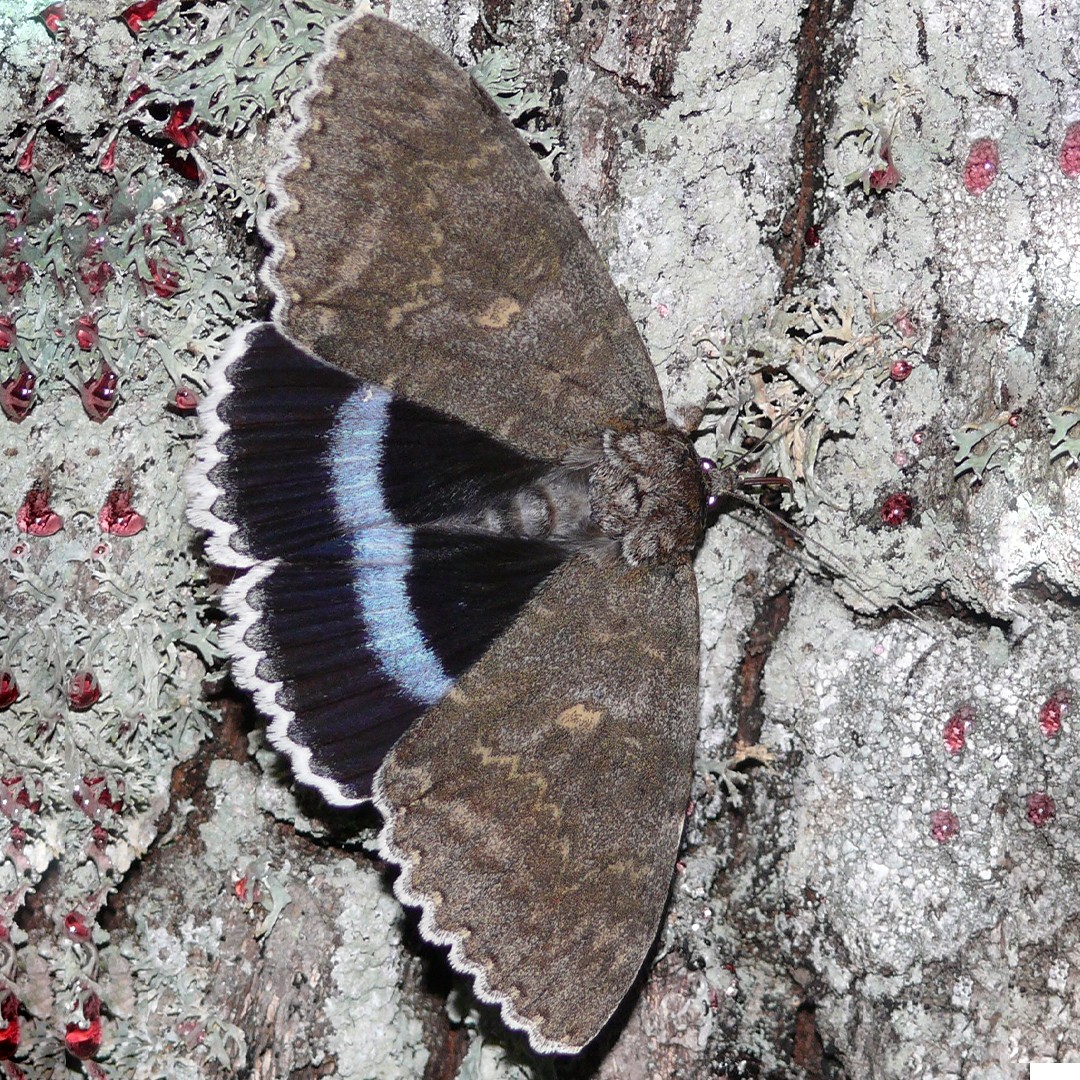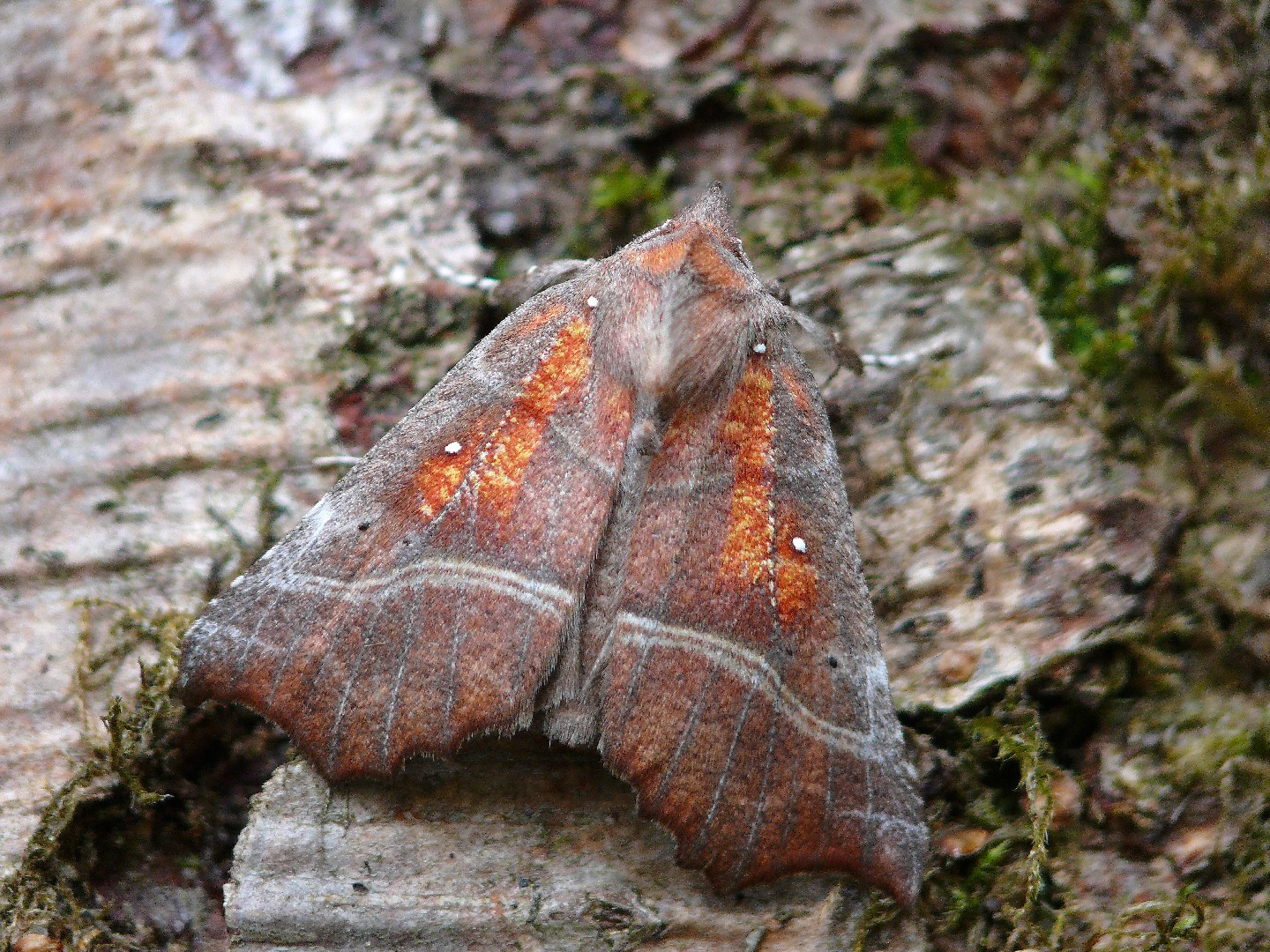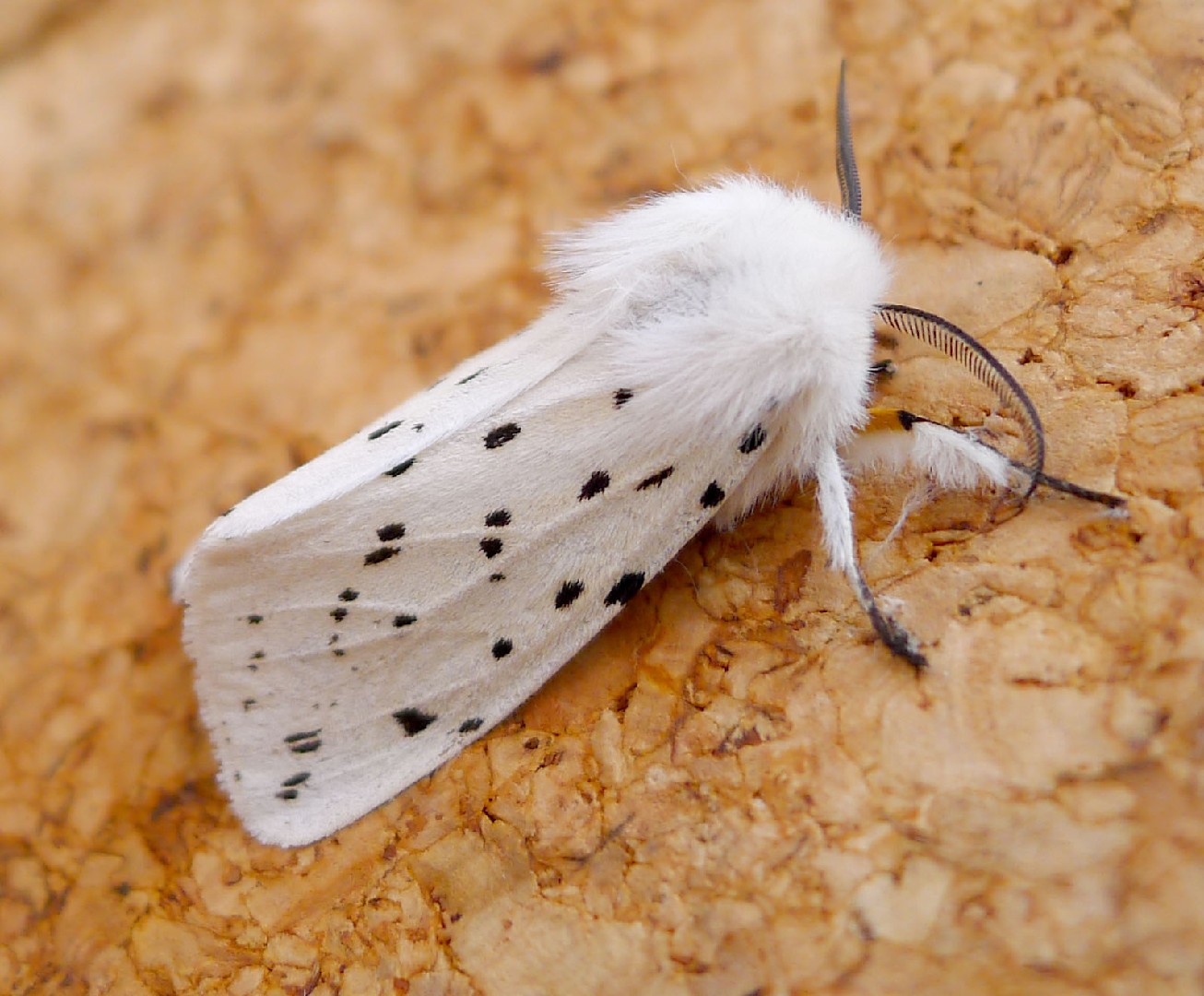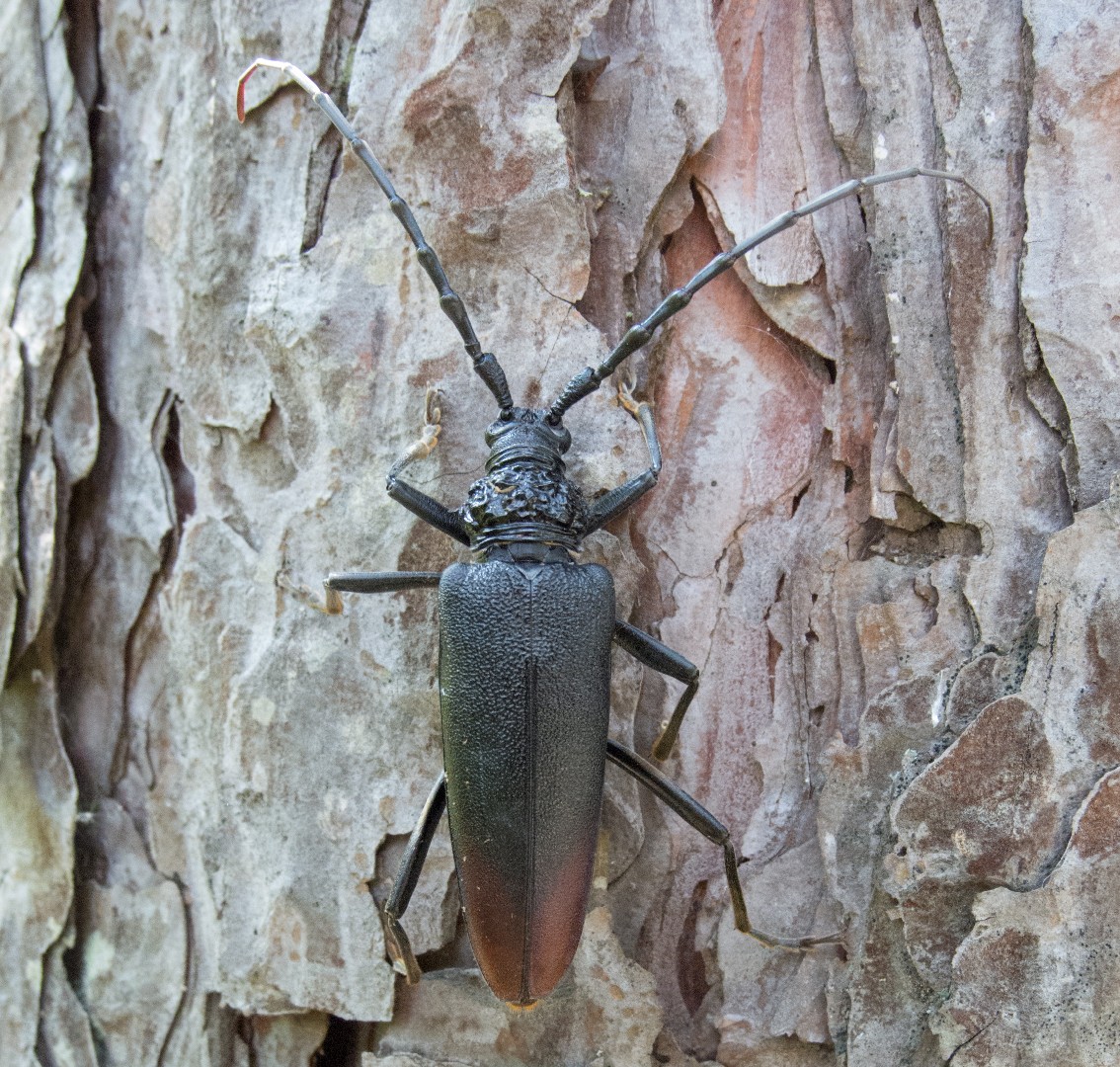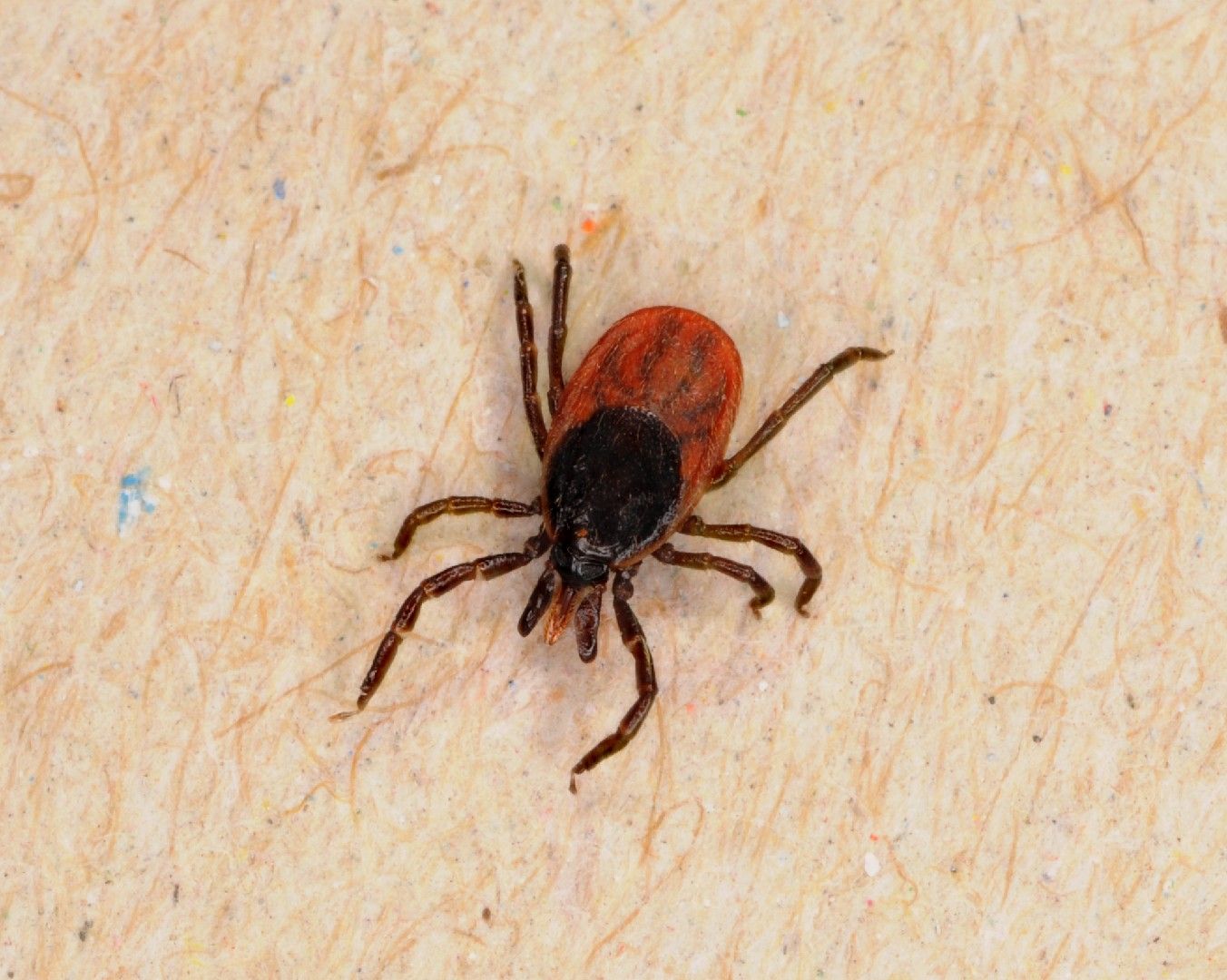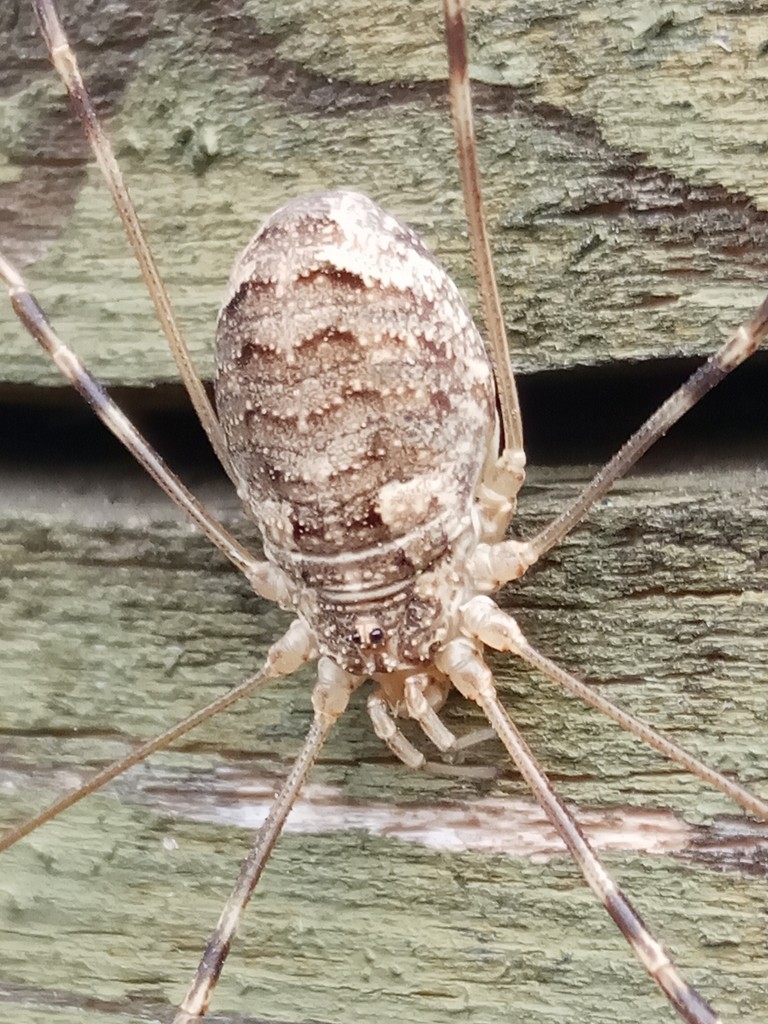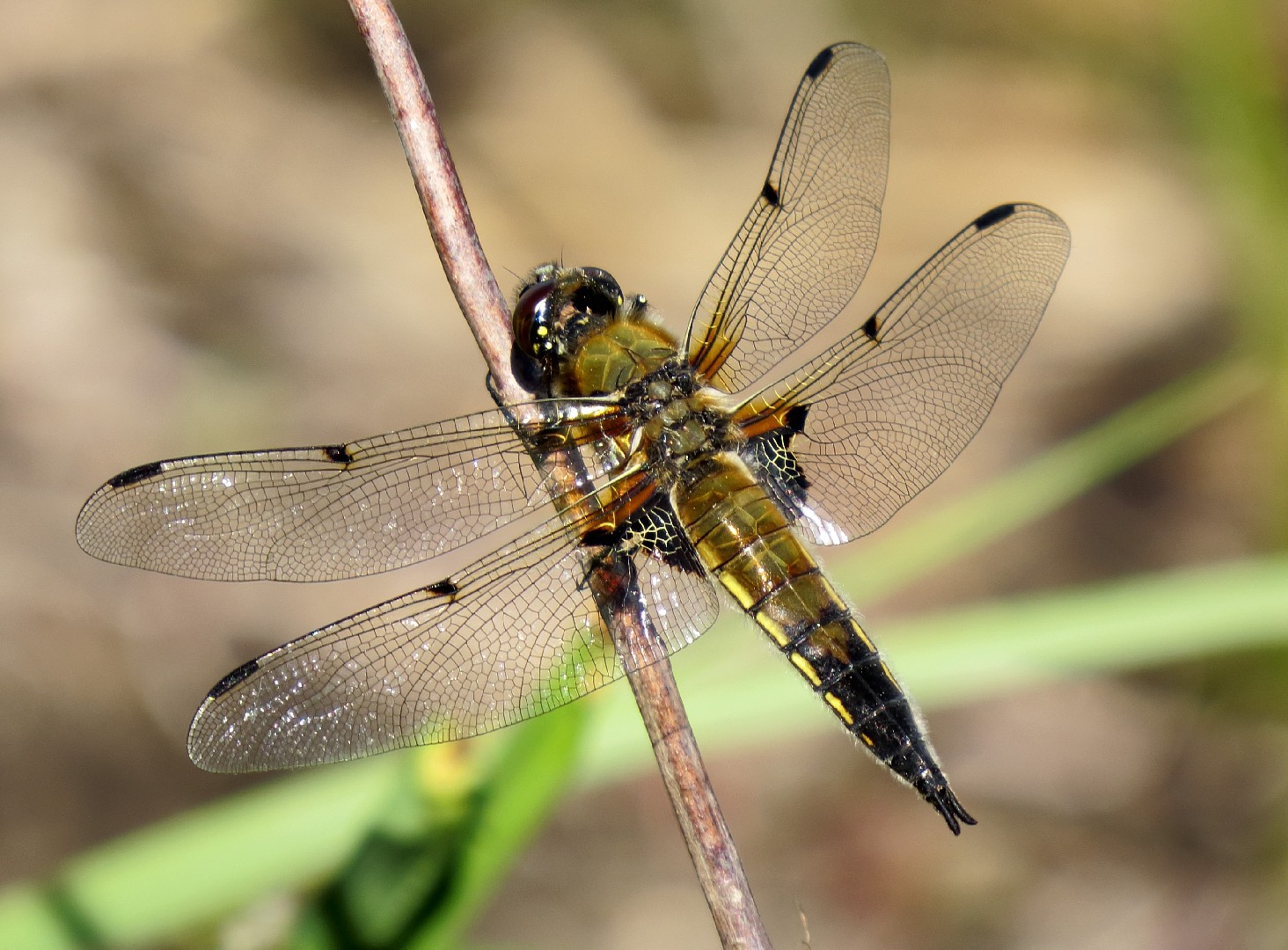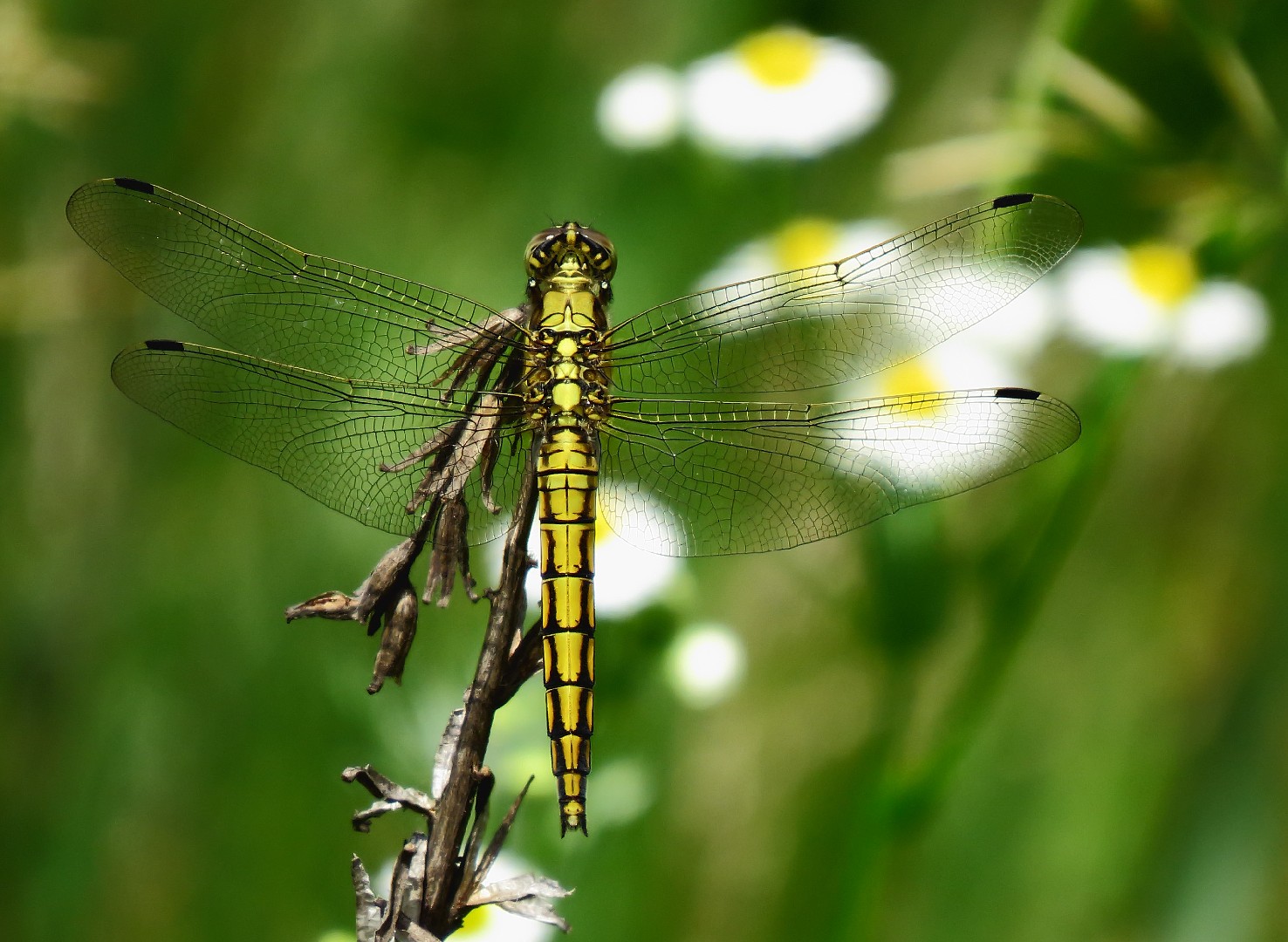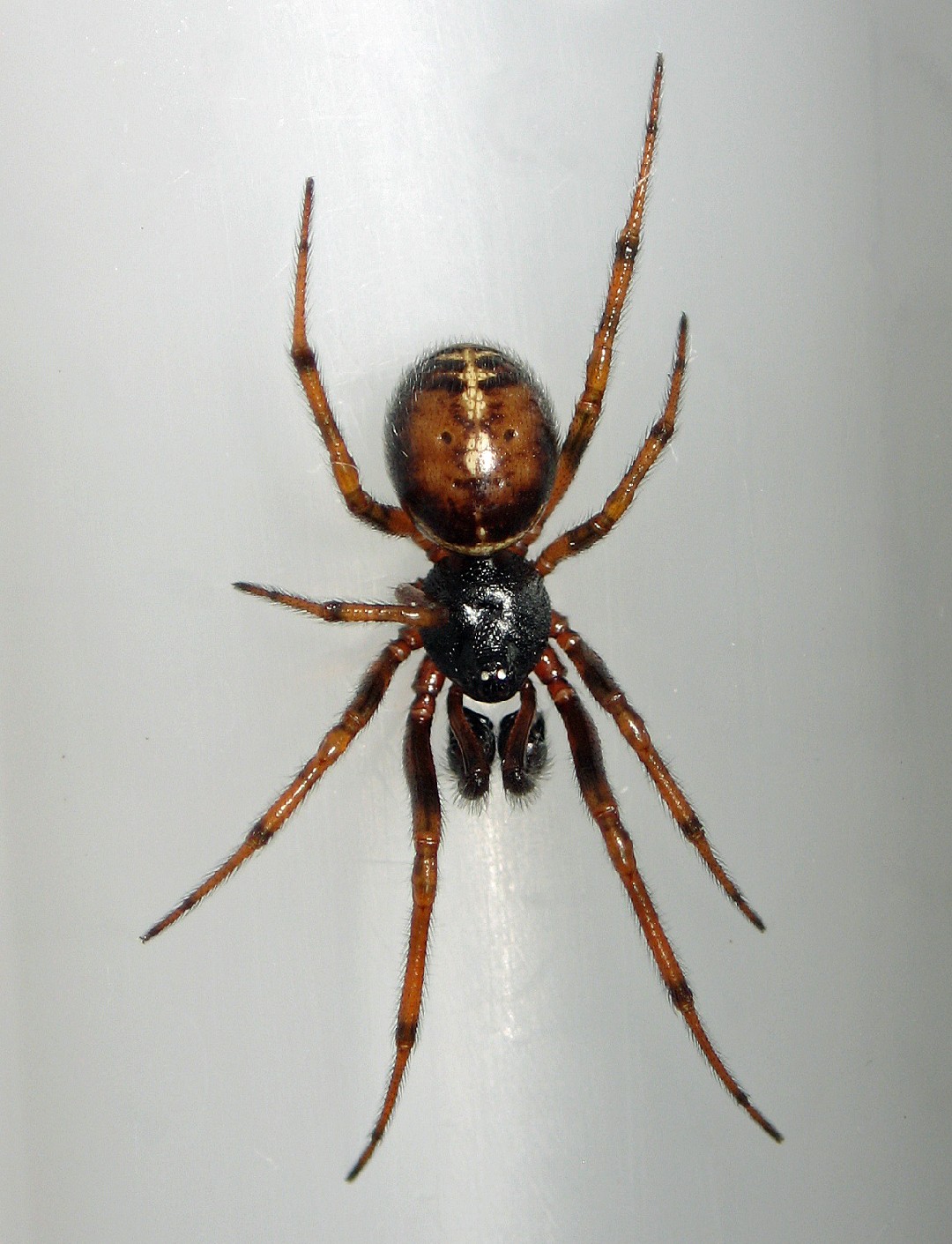Top 20 Most Common Insects in Ovruch
Insects, versatile creatures known for their diverse forms and functions, inhabit varied environments throughout Ovruch. Depending on the geographical specifics, climate, and vegetation, different insects thrive, contributing to a rich ecological diversity. These insects, both beneficial and harmful, underline the bond between a region's habitats and its insect inhabitants. In this spotlight feature, we delve into the 20 most common insects of Ovruch, unraveling their unique roles in the ecosystem.
Most Common Insects
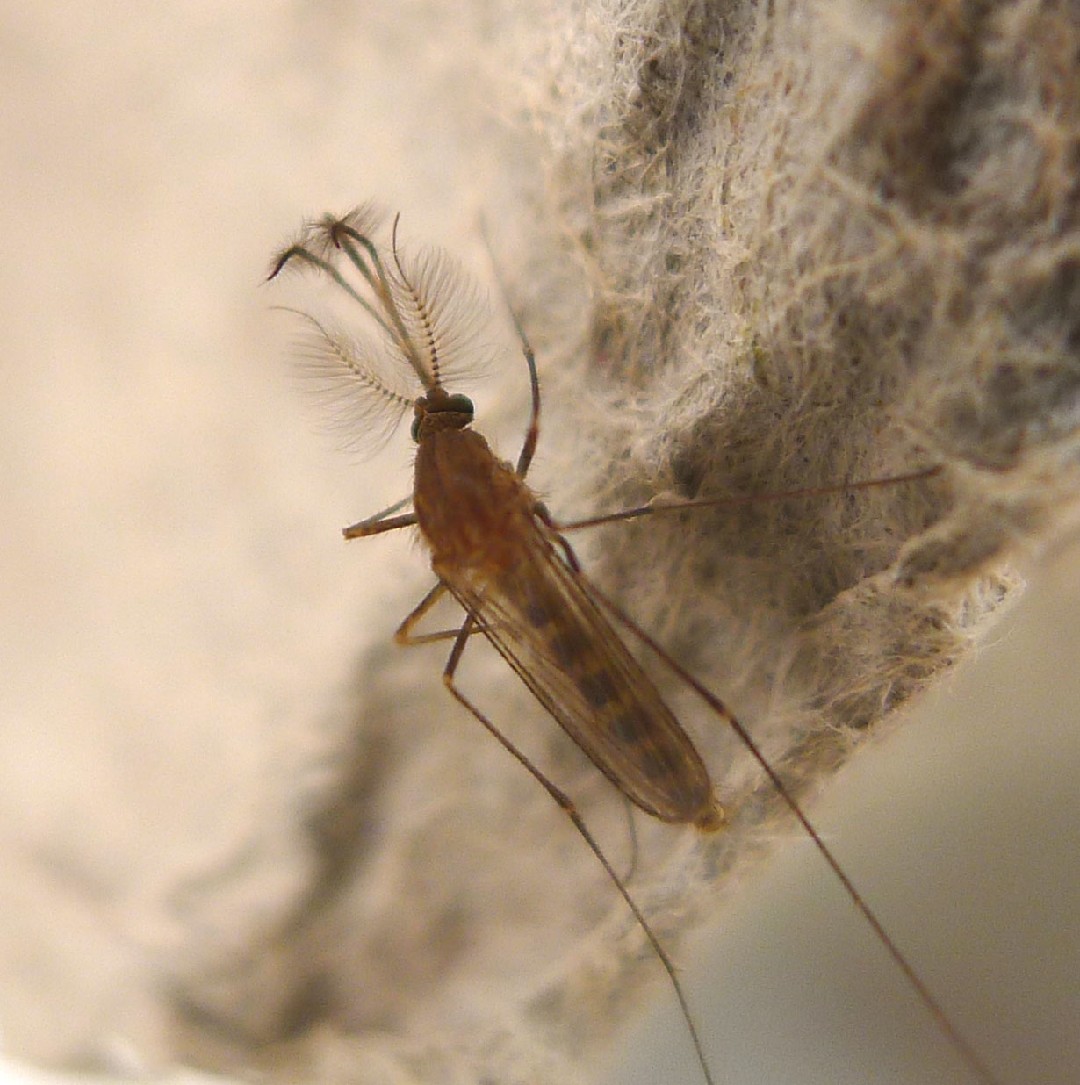
1. Common house mosquito
Among the most common mosquitos in the Unites States, common house mosquito (Culex pipiens) is a ubiquitous biting pest. It has adapted to thrive in human-touched conditions and even to feed on the blood of avian species closely connected to humans, such as pigeons and doves. However, only females consume blood; the males survive on sap and nectar.
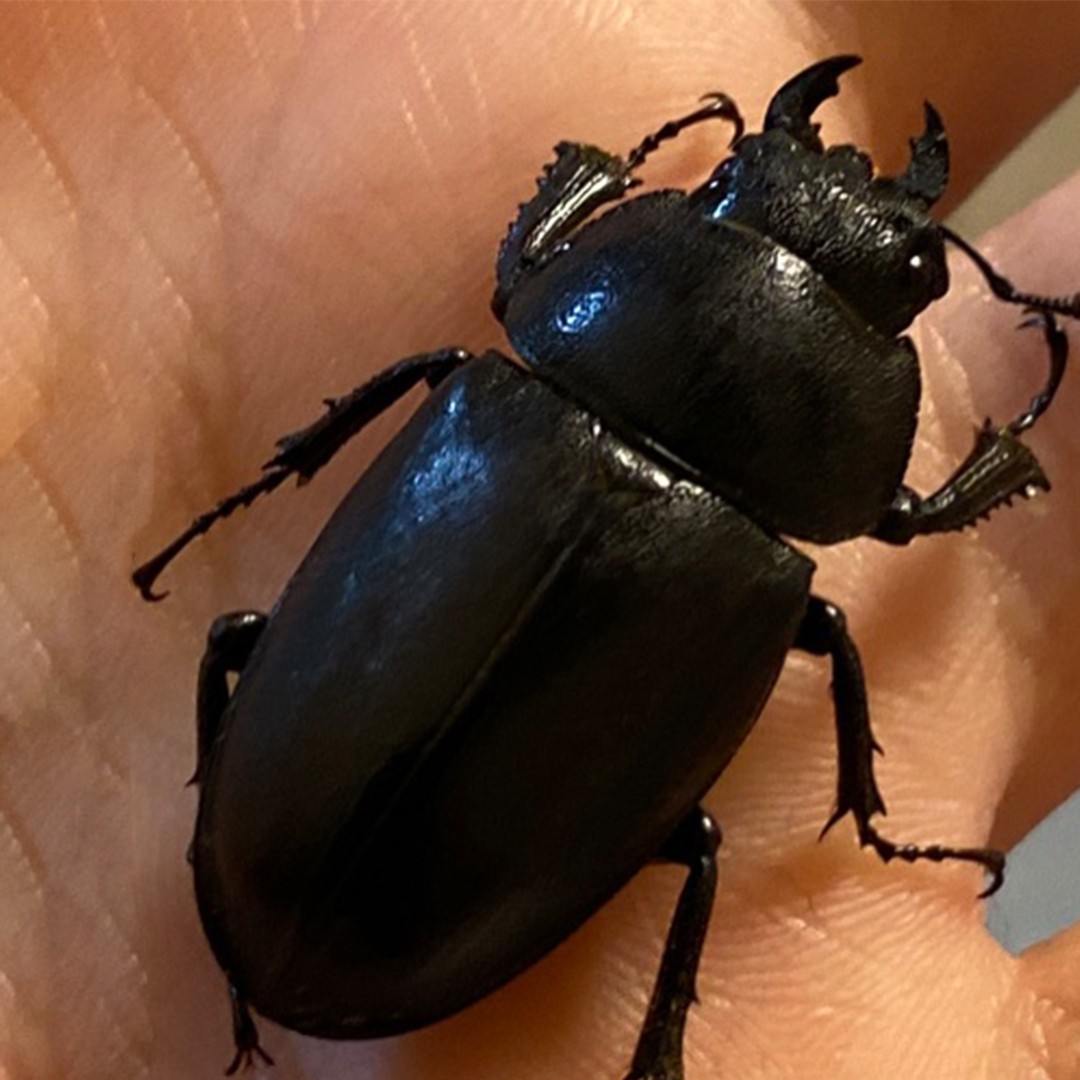
2. Greater stag beetle
The greater stag beetle ( Lucanus cervus ) is popular with insect lovers. The male individual is known for the impressive jaws that look like antlers of a deer. In contrast, females do not have jaws and are much smaller. The adults feed on juices and tree saps while the larvae eat wood. By the way, greater stag beetles are considered a pest in the Middle East where they dig into the root systems of date palms, affecting the date crop.
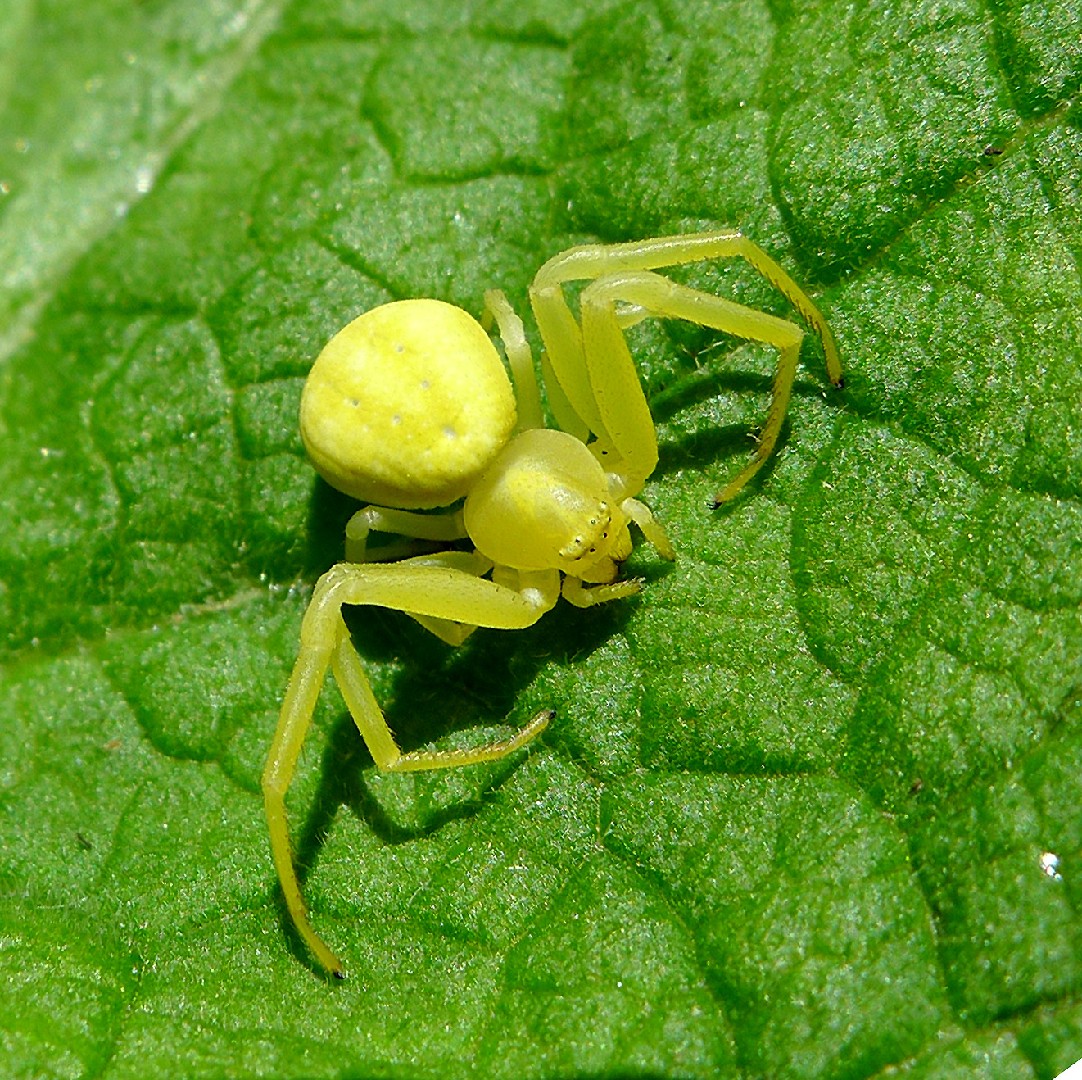
3. Goldenrod crab spider
Rather than for its coloring, goldenrod crab spider (Misumena vatia) is named for its tendency to hunt within sprays of goldenrod. This species is capable of catching and consuming prey several times larger than itself, such as dragonflies or grasshoppers. Loyal parents, the females will guard their eggs until they hatch and the tiny spiders disperse, after which the female will die.
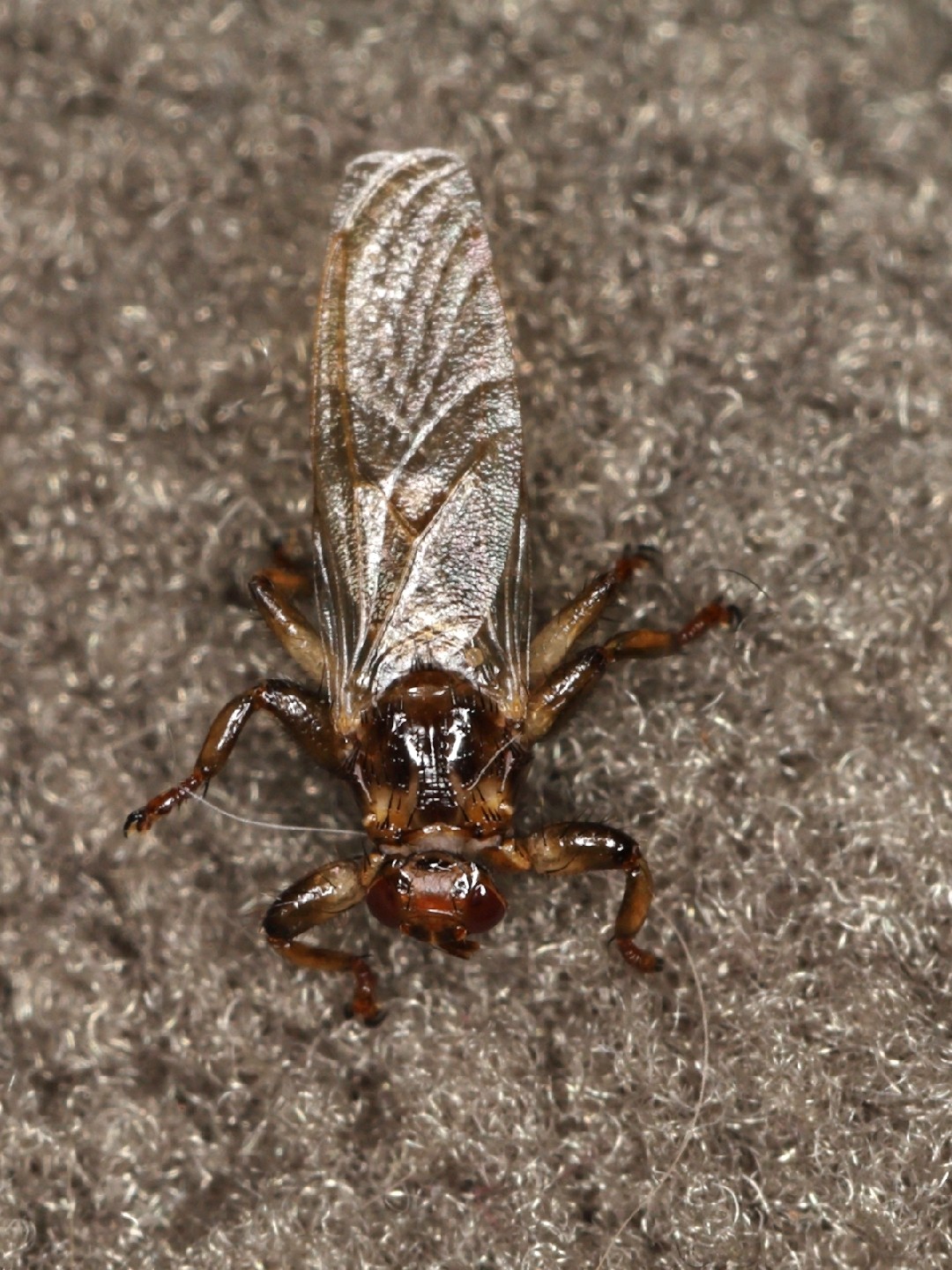
4. Deer fly
The deer fly (Lipoptena cervi) is otherwise known as the deer fly. Don't let that fool you, as these insects are pretty lousy fliers. Provided they get to where they need to go, they don't need to be very good. They suck the blood from animals like deer, horses. In the worst-case scenarios, these insects can cause colic, a disease that can cause incredible pain.
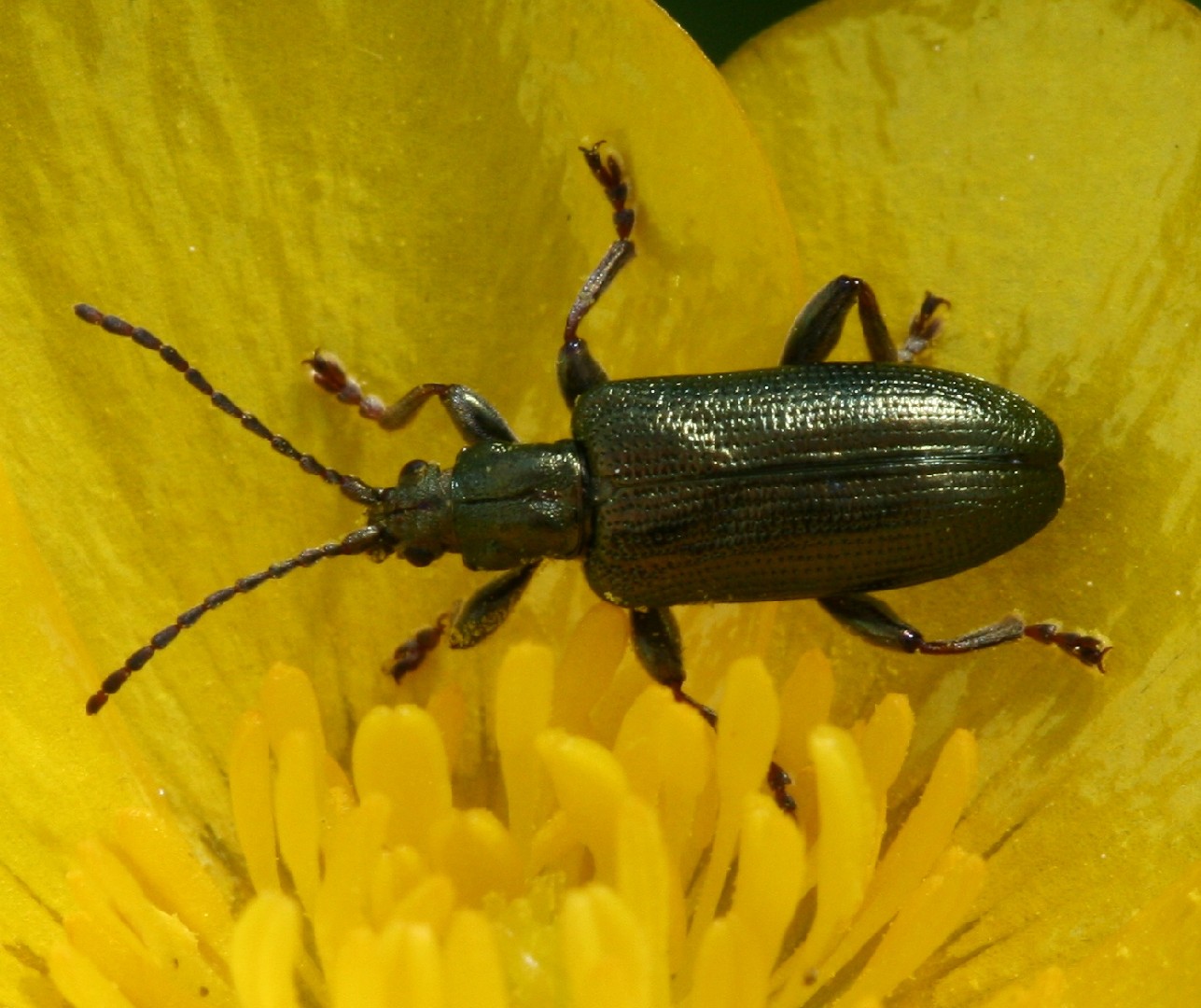
5. Jewel reed beetle
Plateumaris sericea is a species of beetle in family Chrysomelidae. It is found in the Palearctic 
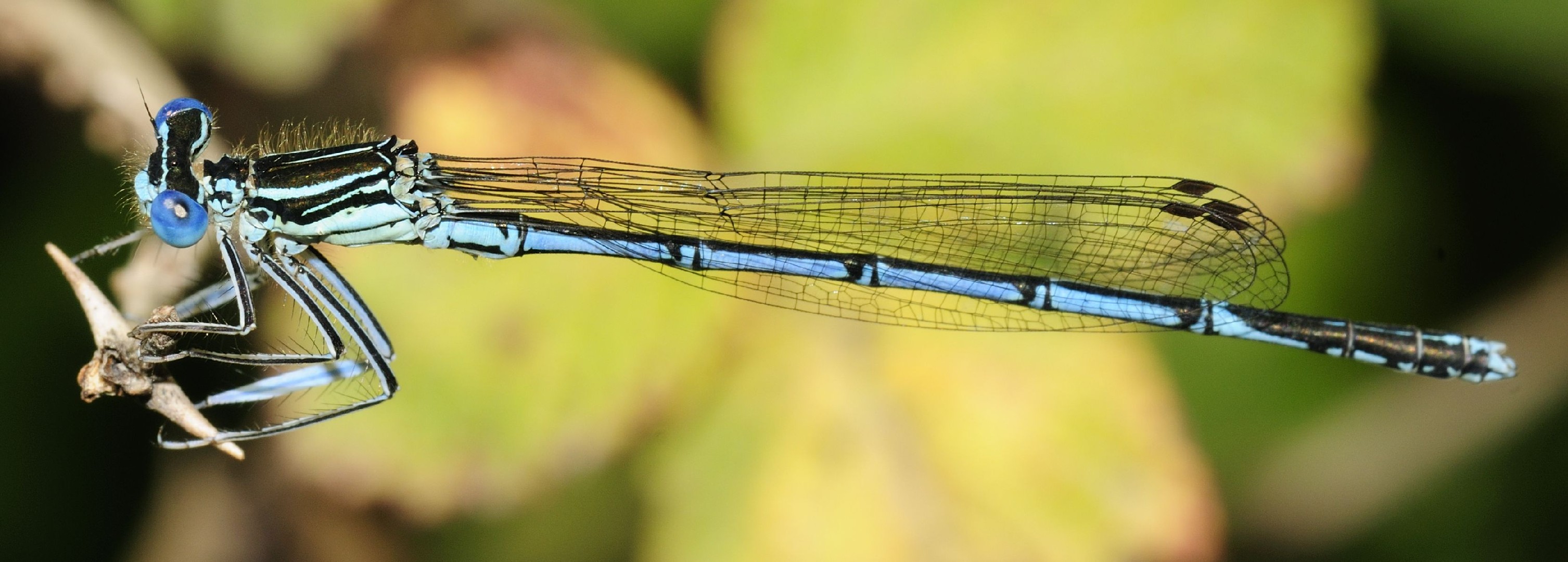
6. White-legged damselfly
The white-legged damselfly or blue featherleg (Platycnemis pennipes) is a damselfly of slow-flowing, muddy waters. It occurs from the Atlantic to Siberia and is often abundant throughout its range. 
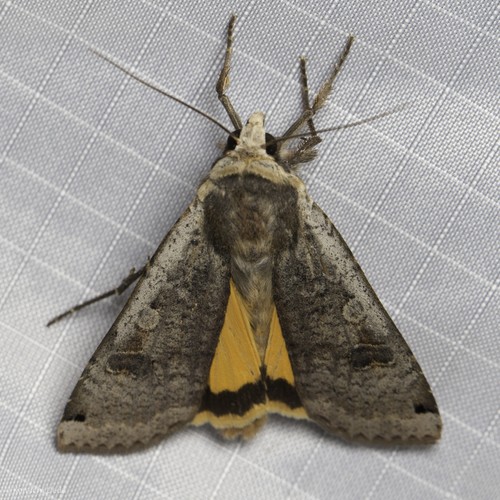
7. Large yellow underwing
An unusually large and heavy species of moth, large yellow underwing (Noctua pronuba) is dreaded by gardeners for the larvae's habit of causing fatal damage to the base of virtually any herbaceous plant. Large migrations occur some years, but how those years are determined is not yet known. Its contrasting colors (yellow-orange and brown) are thought to confuse would-be predators.
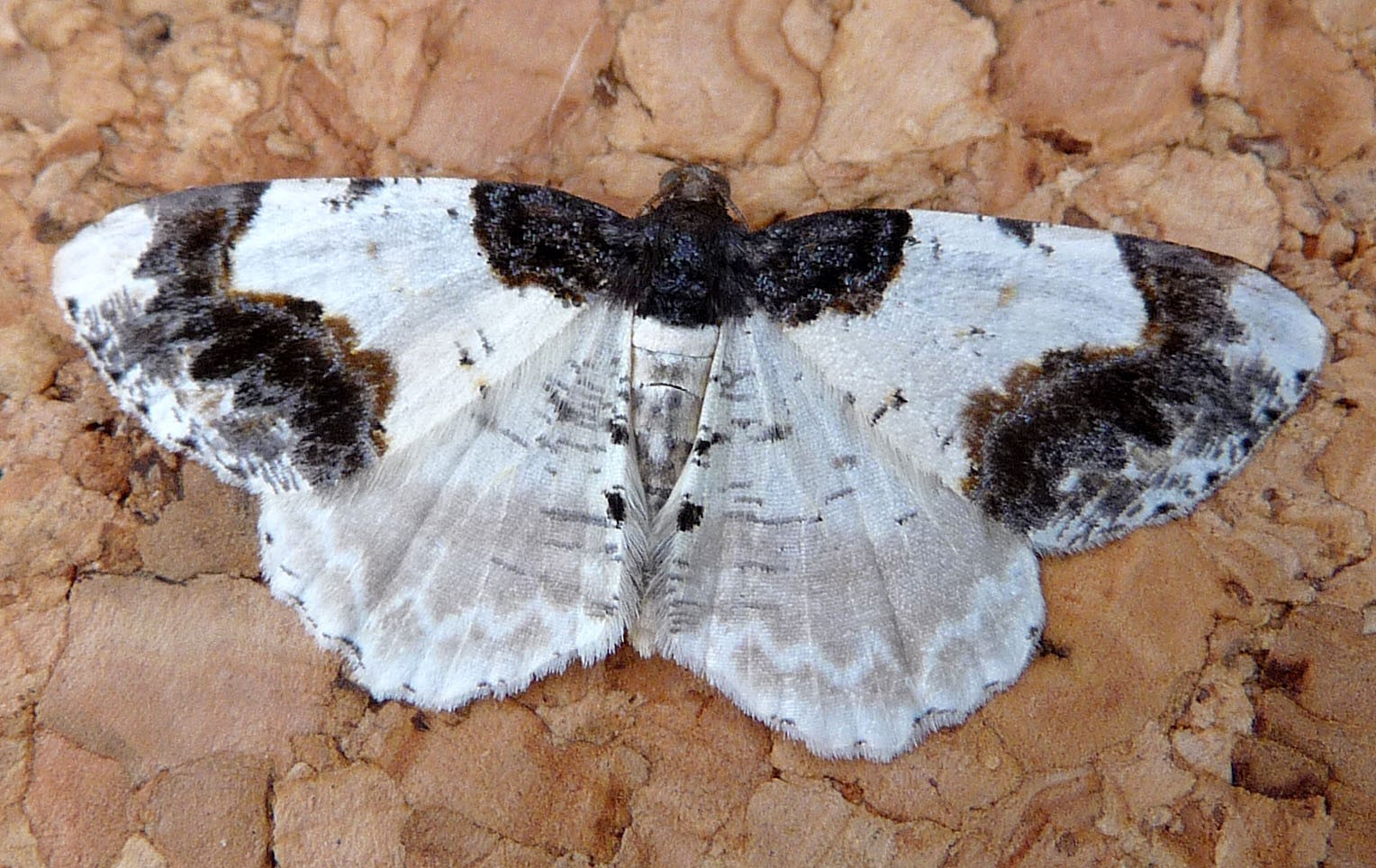
8. Scorched carpet
The wingspan is 25–30 mm. The basic color of the wings is glossy white, creamy white or light brownish. The basal area of the forewings is dark brown and can sometimes be slightly blue-grey. Across the forewings near the outer margin there is a blue-grey and brown wavy band. Hindwings are whitish with wavy pale brown lines on the slightly wavy outer edges. The underside of the wings is suffused with reddish brown. Larvae are moderately stout, bright green with red dorsal spots, a red lateral blotch on the 1st—2nd abdominals and red marks on claspers; a rare variety is grey-brown. The pupae are red-brown with blackish wings. 
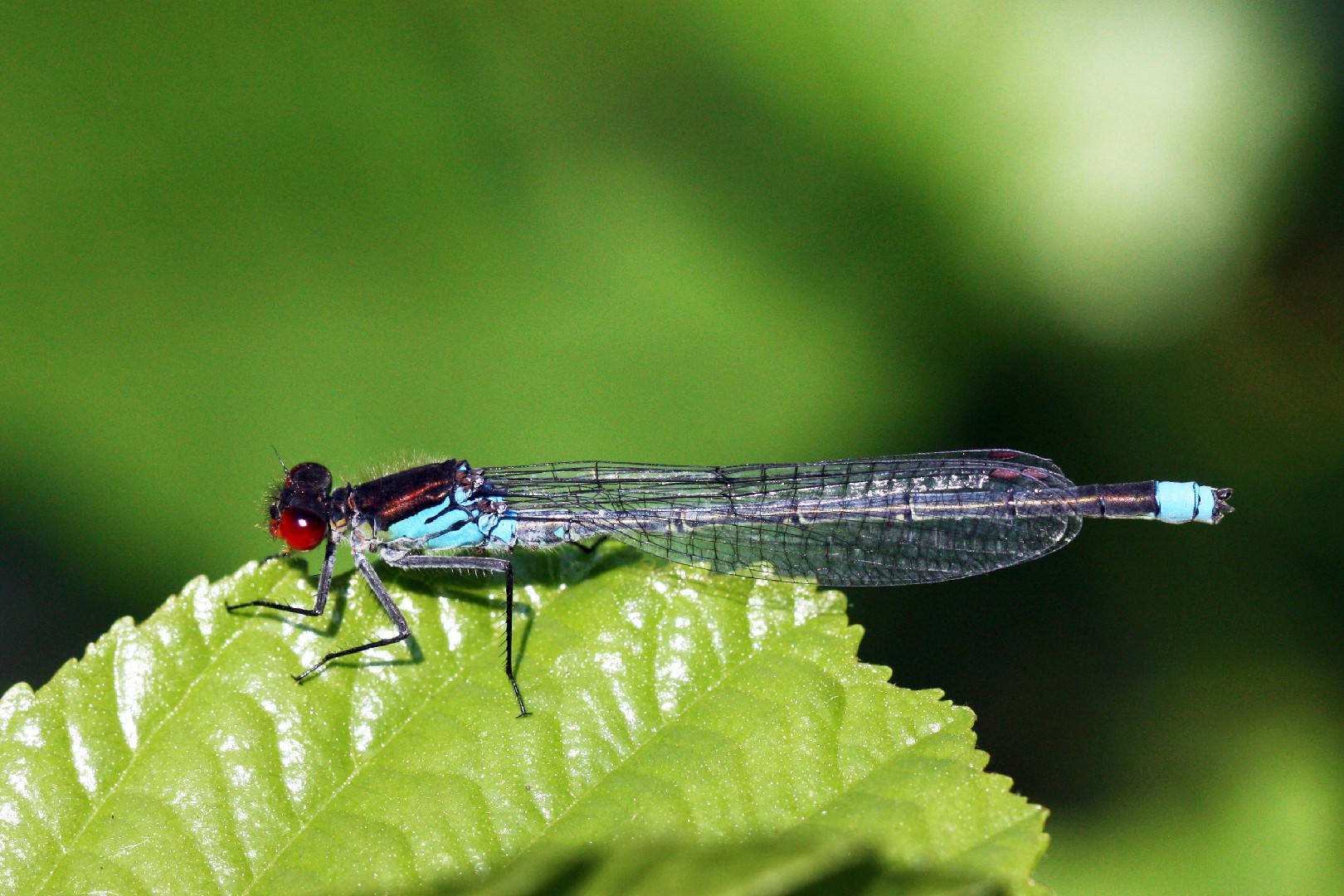
9. Red-eyed damselfly
The Great Pomegranate (Erythromma najas) is a dragonfly of the family of the Slate (Coenagrionidae). From its distribution, it is considered as a Euro-Siberian Faunenelement.
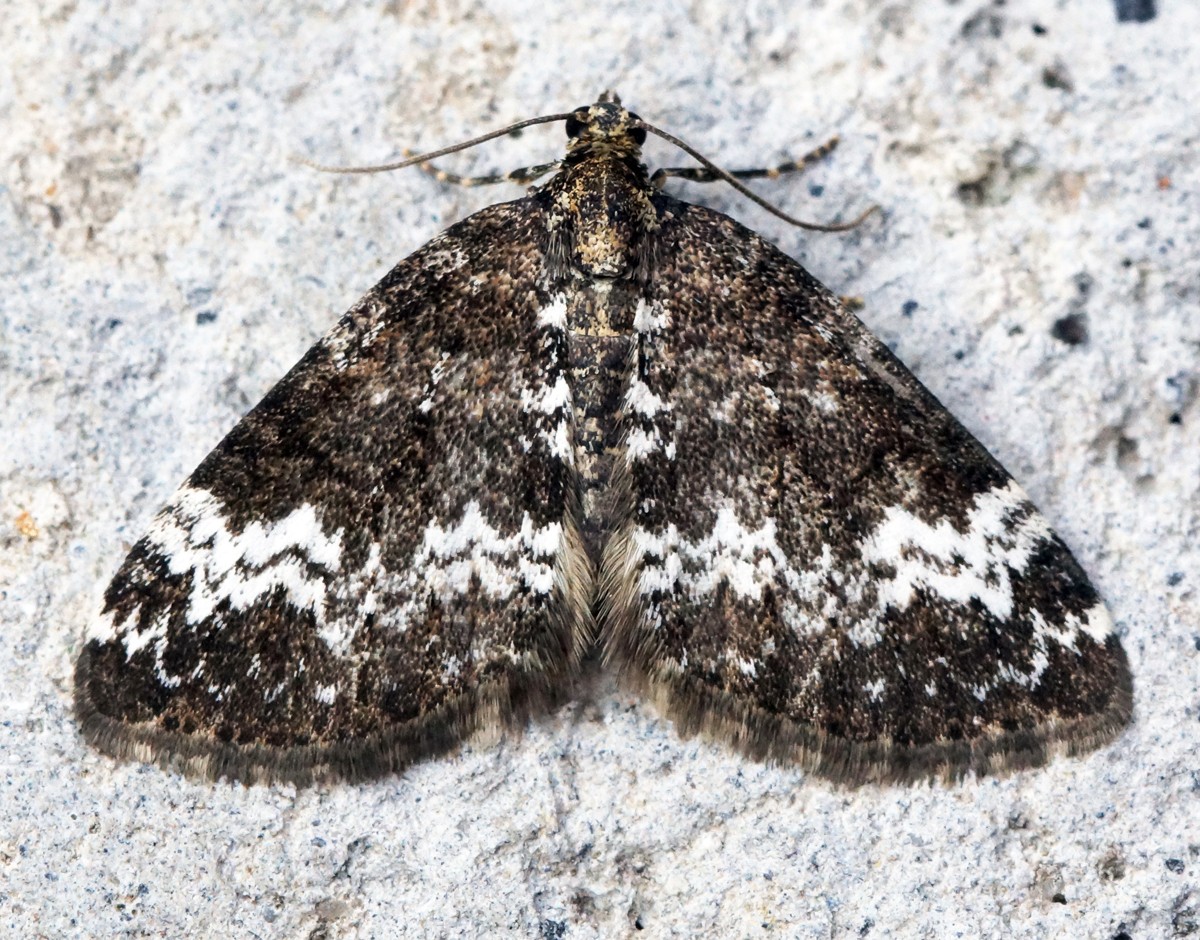
10. Small rivulet
The species is very similar to Perizoma affinitata in colour and pattern but often has a double indention in the inner margin of the band. It is also smaller. "Very similar to affinitata but smaller, with clearer and more regular white marks at the hindmargin of the forewing, tendency towards obsolescence of the pale band on the dark hindwing; distal area of forewing with black dushes on the veins. Generally less variable than affinitata. — peterseni notn. nov. has the white antemedian band well expressed; generally also the postmedian white band is somewhat widened and sometimes even a complete white subbasal is present. 
More
